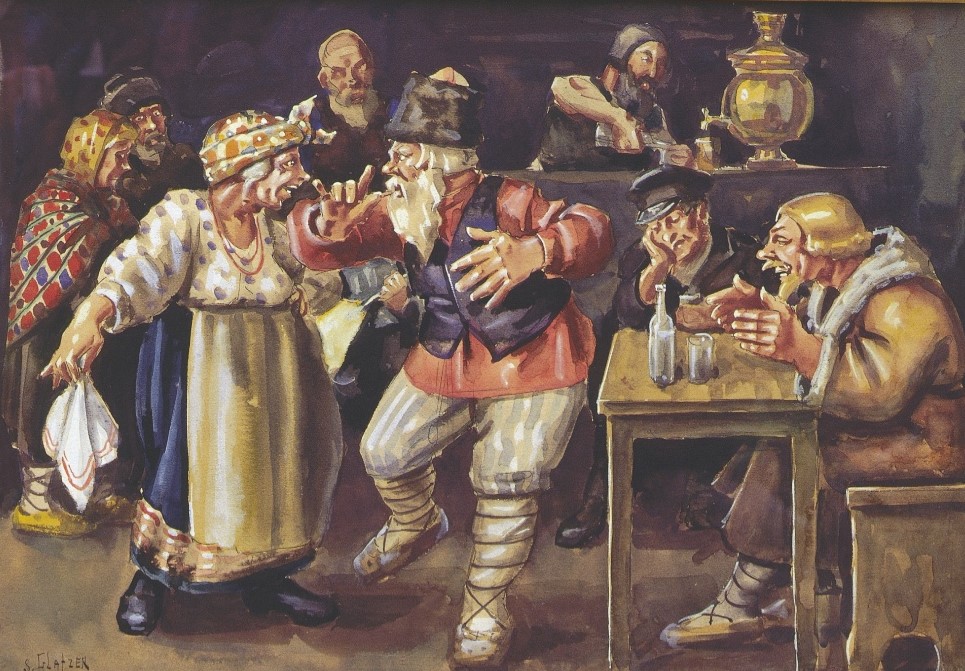David GARFINKIEL
January 2, 2019Thomas GLEB
January 2, 2019Simon GLATZER
DUBNA (RUSSIA) 1890 – AIX-EN-PROVENCE (FRANCE) 1945
Simon Glatzer studied painting at the Vilnius Academy of Arts and left for Paris in 1914. He studied at the Cormon studio in Paris and at the Académie de la Grande-Chaumiere. During World War I, he fought with the troops of foreign fighters alongside the French army. In 1920, he acquired French nationality and exhibited with success at Parisian salons throughout the interwar period.
In 1941, he was wanted by the Gestapo and sought refuge with a psychiatrist friend at Sainte-Anne hospital. In order to save him, his friend had him committed under a fake name. Thus, he spent close to three years in a hospital with mentally ill patients. During that time, he kept painting with makeshift equipment provided by his doctor friend. He was given paper, colored pencils, and pastels. Two months before the Liberation, he escaped to Aixen- Provence. Simon Glatzer’s painting was marked by his committal period. He inserted Hebrew letters in his compositions and took an interest in engraving and miniatures.
Stories of Jewish Artists of the School of Paris 1905-1939
FRENCH-ENGLISH
Capitale des arts, le Paris des années 1905-1939 attire les artistes du monde entier. De cette période de foisonnement, un terme est resté, celui d'Ecole de Paris, qui recouvre une grande diversité d'expression artistique. Dans ce brassage dont Montparnasse est le creuset, un groupe se distingue : celui des artistes juifs venus de Russie, de Pologne et d'Europe centrale. Si leurs styles sont variés, un destin commun les rassemble : ils fuient l'antisémitisme de leur pays d'origine. Certains ont connu la célébrité dès les années 1920, tels Soutine, Lipchitz ou Chagall. D'autres n'ont pas eu le temps ou la chance d'y accéder. Près de la moitié a péri dans les camps de concentration nazis.
From 1905 to 1939, Paris attracted artists from all over the globe as the capital of the art world. This period of artistic proliferation became known as the School of Paris, and includes a great diversity of artistic expression. Within the teeming art world centred on Montparnasse, one group set itself apart: Jewish artists from Russia, Poland, and Central Europe. Although their styles were diverse, they shared the common fate of fleeing anti-Semitic persecutions in their home countries. Some became famous in the 1920s, such as Soutine, Lipchitz, and Chagall, while others did not have the time or the luck to gain renown. Nearly half of these artists died in Nazi concentration camps.





